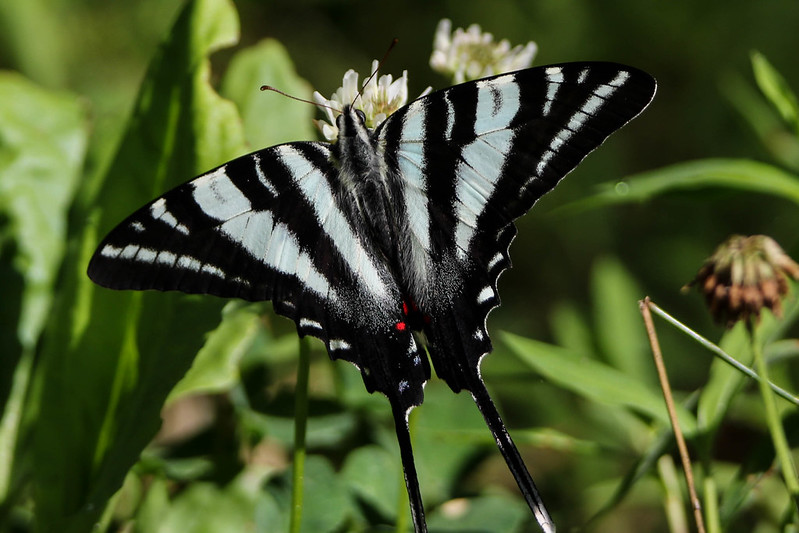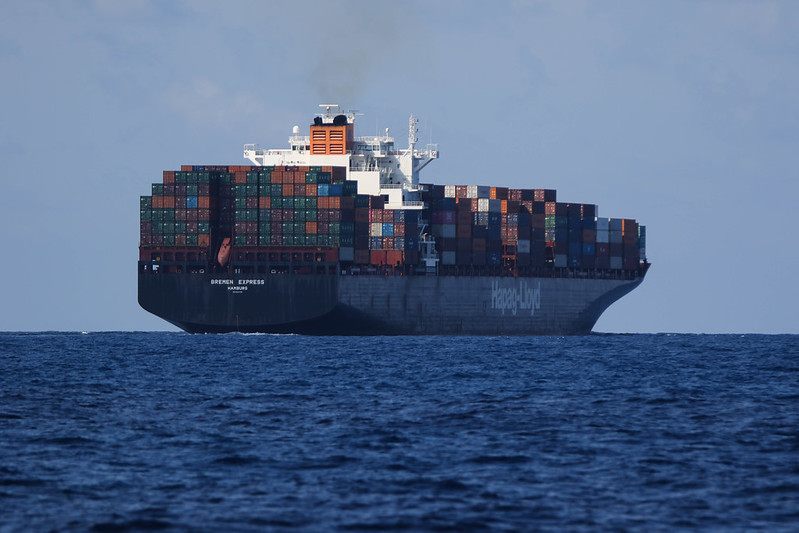On a repeat visit to Virginia's Great Dismal Swamp, I was walking around looking for my target bird, when people in an incoming car put their hands out the car windows and started vigorously pointing to something behind me. I turned around just in time to see this bear cross the path right behind me. It might be the same one I saw on this trail the year before!

Shortly afterwards, I came across this foot print in the mud. Bear? Probably not, most likely a large dog. But still looks cool!

Some more nature shots from Virginia:

Downy Woodpcker:


Northern Cardinal:

Off to North Carolina, on a pelagic trip from Cape Hatteras. While still relatively close to shore, three dolphins approached our boat and swam right in front of for good ten minutes or so.

They were so close that my long-lens camera had trouble focusing on them.

More marine mammals: humpback whale:

This is the most beautiful pelagic bird ever: White-Tailed Tropicbird:

A good shot of a Black-Capped Petrel. Many pelagic birds belong to a family called tubenoses. If you look closely, you can see the tubes at the root of its nose in this picture. The tubes help filter out salt, which is a constant presence for these sea birds.

A Great Shearwater (another tubenose!) going after a piece of chum.

Not all that's flying at the sea is a bird! It took me many tried to get this picture of the flying fish in action.

Here is something stingy: a Portuguese Man o’ War. While it looks like a jellyfish, this is actually a small colony of jellyfish-related parts called Zooids. There are several types of them, each performing a unique function. But the end result is that they function as a single animal. Don't try to touch one if you find it - it really stings!

Another find on an open sea:

When coming back to harbor at Cape Hatteras, there was a line of finishing boats behind us:

While out on a completely exposed sandbank in the middle of the harbor, these good folks were enjoying the sun and the breeze.

Sunrise at Cape Hatteras:

